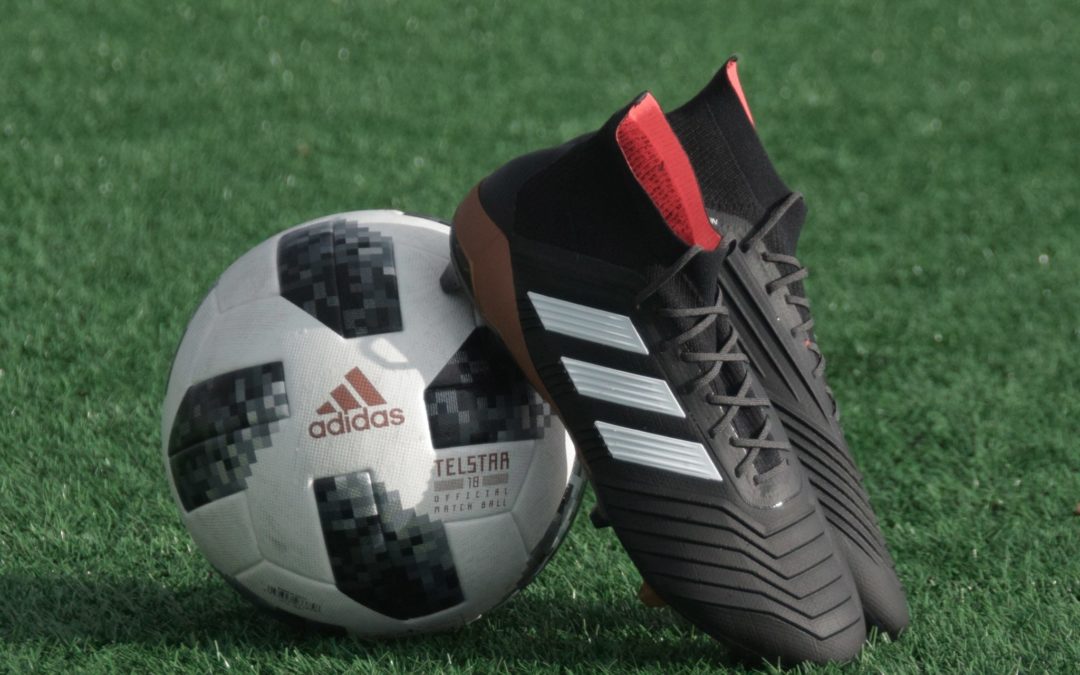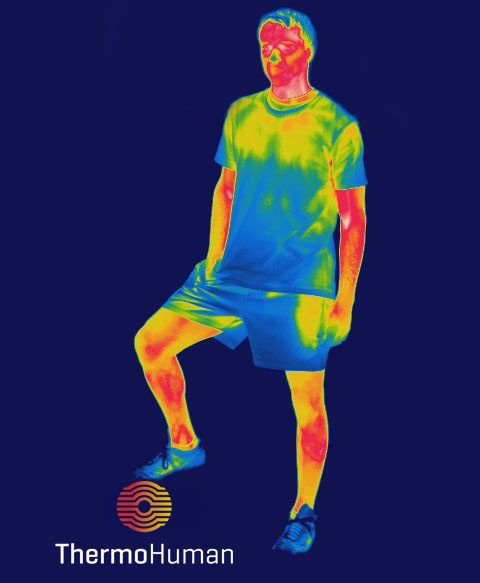
by Paul Laursen | Mar 3, 2021 | HIIT
I’ve previously written about my “semi-pro” days as a young triathlete in the late 80s and early 90s, and love reflecting on the fitness that was gifted to me in those days (I miss it). To show my age, this was in fact before the internet was...

by Bontemps B Louis J Gruet M and Vercruyssen F | Feb 1, 2021 | HIIT
Introduction Downhill running sections are a natural part of off-road (e.g. cross-country, trail or ultramarathon running) and road running races (e.g. the St. George marathon, the Holualoa Tuscon marathon, the Big Sur International marathon). However, downhill...

by Paul Laursen | Jan 17, 2021 | HIIT
In line with our nearing launch and need to scale rapidly, we’re expanding our small but exceptional team at Athletica. The purpose of Athletica is to apply the evolving HIIT Science principles for athletes and coaches across as many sports as possible using advances...

by Shaun McLaren and Jonathan Taylor | Jan 4, 2021 | HIIT
Introduction Repeated-sprint training (RST) is a unique and attractive HIIT format for preparing football code athletes, such as soccer, rugby union, rugby 7s and rugby league players, for competition. The ability to perform repeated sprints (i.e. 2 or more maximum...

by Javier Arnaiz | Dec 13, 2020 | HIIT
From my great grandfather to today, nearly half of my family has worked for the Spanish Army and NATO. Being raised in the military, I’ve always been amazed by the cutting-edge technology they develop. Technologies we take for granted today to monitor training loads...

by Martin Buchheit and Steve Barrett | Dec 7, 2020 | HIIT
The popularity of high-intensity interval training (HIIT), which consists primarily of repeated short to long bursts of high-intensity exercise, continues to soar because its effectiveness and efficiency have been proven in use by both elite athletes and general...








